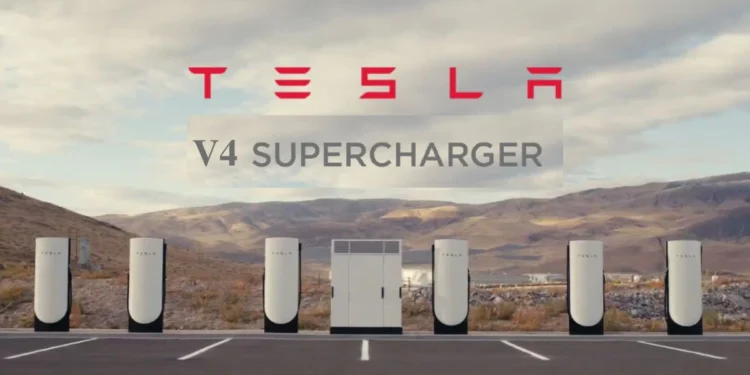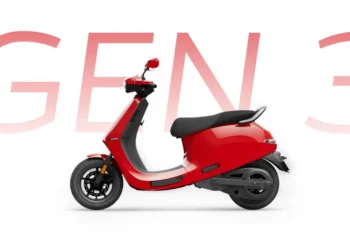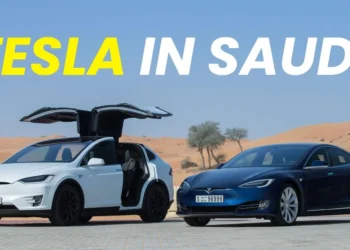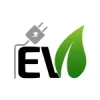The race for faster electric vehicle (EV) charging speeds has been intensifying, and Tesla is leading the way. With the introduction of Tesla V4 Superchargers, the company is taking charging to the next level. Expected to revolutionize how quickly EVs and the Tesla Semi can recharge, the V4 Superchargers will deliver up to 500 kW charging speeds for passenger vehicles and an impressive 1.2 MW for the Tesla Semi. These charging solutions are set to make EV adoption even more convenient and efficient. Let’s break down everything you need to know about Tesla V4 Superchargers.
Table of Contents
What Are Tesla V4 Superchargers?
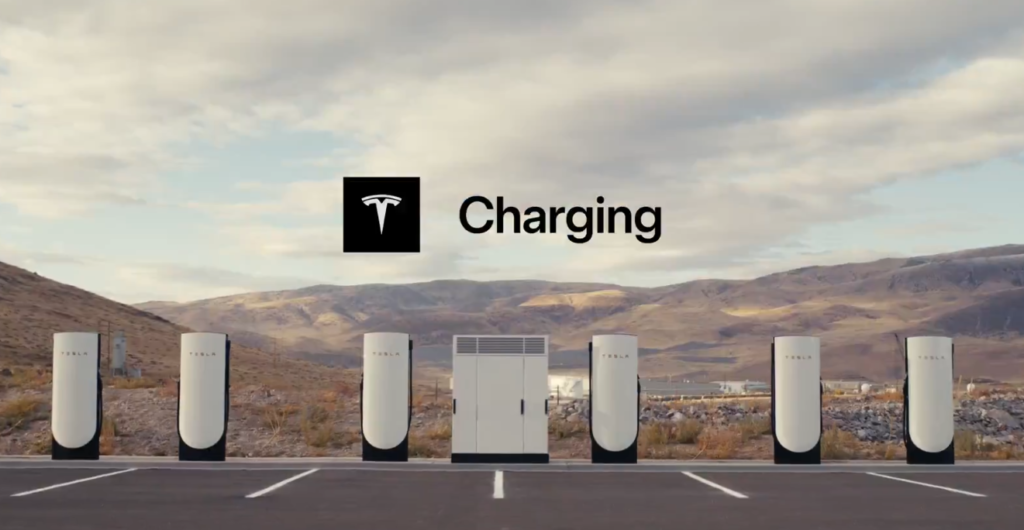
Tesla V4 Superchargers are the latest evolution of Tesla’s renowned Supercharging network, which has been a major advantage for the company’s electric vehicles. First rolled out in 2023, the V4 Superchargers were initially limited by the use of V3 cabinets, meaning their charging speeds were capped at 250 kW. While the V4 Supercharger posts featured longer cables and were designed with non-Tesla vehicles in mind, the cabinets behind them held back their potential.
What’s New with the Tesla V4 Cabinet?
The game-changing component of the V4 Supercharger system is the new V4 Cabinet, which will officially launch in 2025. This cabinet is capable of delivering 500 kW charging speeds for most EVs, significantly reducing charging time. For Tesla’s flagship Semi truck, the new cabinet can deliver up to 1.2 MW. This dramatic increase in charging capacity is a leap forward from the early days of Supercharging, where Tesla stations initially offered just 90 kW.
According to Tesla CEO Elon Musk,
“The Tesla V4 Supercharger network is designed to support a wide range of vehicle architectures, ensuring both faster charging and more accessible stations globally.”
Key Features of Tesla V4 Superchargers
1. Faster Charging Speeds
- Passenger Vehicles: With 500 kW peak charging speeds, these new Superchargers will significantly reduce charging times for EV owners. Tesla’s S3XY lineup (Model S, 3, X, Y) will continue to charge at 250 kW, while newer vehicles like the Cybertruck (with an 800V architecture) will see 30% faster charging times.
- Tesla Semi: The Semi, Tesla’s all-electric truck, will receive an unprecedented 1.2 MW charging capacity, offering faster recharge times that are essential for long-haul trucking.
2. Wider Vehicle Architecture Compatibility
- Tesla V4 Superchargers will support a wide range of vehicle architectures, from 400V to 1000V, making them ideal for non-Tesla EVs as well. This includes popular models like the Porsche Taycan, Hyundai Ioniq 5, and Kia EV6.
3. Increased Power Density
- Each V4 Cabinet features next-generation power electronics with three times the power density of previous systems. This increase in power density allows Tesla to charge more vehicles at higher speeds without increasing the physical footprint of each charging station.
4. Efficient Infrastructure
- The new V4 cabinets are capable of powering up to 8 stalls per cabinet, double the capacity of V3 Superchargers. This improvement will lead to faster installations of new Supercharging sites, increasing the availability of EV charging stations worldwide.
“The first V4 Superchargers will be operational in 2025. We are committed to expanding the charging network as quickly as possible,” said Elon Musk, CEO of Tesla.
5. Faster Deployment and Lower Costs
- With a smaller footprint and simpler installation process, the new V4 cabinets will allow Tesla to deploy Supercharging stations at a faster pace, reducing waiting times for EV owners. The new design also helps reduce operational costs, making the V4 Superchargers more sustainable and efficient in the long term.
Tesla V4 Supercharger: 500 kW Charging Speed – How It Works
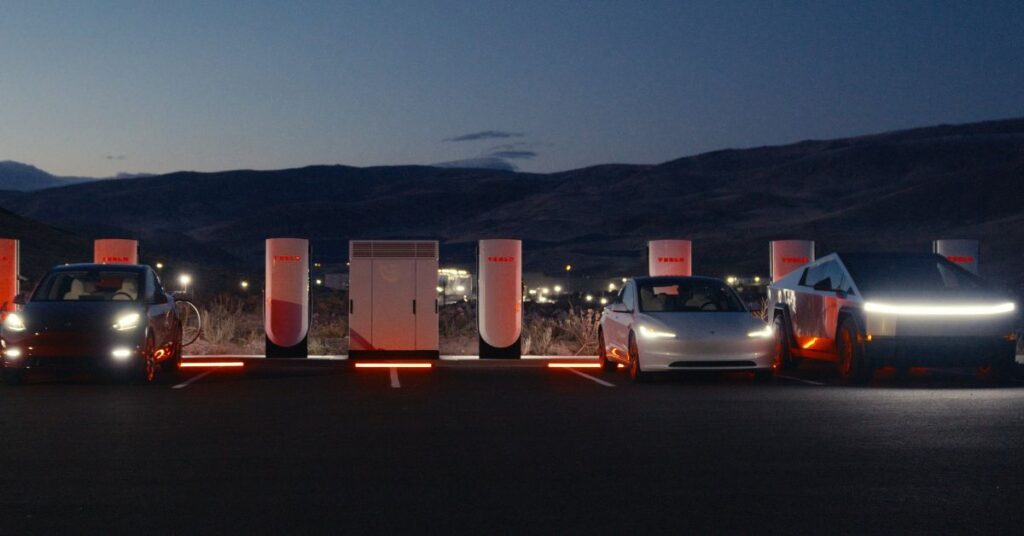
With the launch of the V4 Cabinet, Tesla V4 Superchargers now enable faster and more efficient charging than ever before. These advancements mark a critical milestone in Tesla’s Supercharger network, which will now be able to serve more vehicles at faster speeds.
Elon Musk: “This is a game changer. We’re accelerating the shift to sustainable energy by not only producing the most advanced vehicles, but also creating the infrastructure that supports them at scale.”
- Speed: With 500 kW charging for cars and 1.2 MW for the Tesla Semi, the new V4 technology is the fastest EV charging solution available today.
- Vehicle Compatibility: The ability to support a range of voltage architectures (400V to 1000V) means that non-Tesla EVs can also benefit from the charging network, which expands Tesla’s global reach.
- Sustainability: Tesla has also been working to make Superchargers more sustainable by integrating solar arrays and Megapacks at certain sites, ensuring a greener charging infrastructure.
- Convenience: The longer charging cables on V4 posts and the inclusion of payment terminals for non-Tesla vehicles enhance user convenience.
This means reduced waiting times for EV drivers, and the potential for faster deployments of new stations in areas with high demand.
When Will Tesla V4 Superchargers Be Available?
Tesla has already started deploying the V4 Supercharger posts in regions like Europe, with plans to expand globally. The first installations of the new V4 Cabinet are currently in permitting stages, and Tesla anticipates launching them in 2025. Tesla has not confirmed where the first V4 Cabinet stations will be located, but it is expected to include both high-traffic urban areas and long-distance routes.
Tesla is also moving ahead with its Oasis Supercharger project, integrating larger solar arrays and battery packs to power stations off the grid, further expanding the sustainability of its Supercharger network.
Advantages of Tesla V4 Superchargers
Faster Charging Times
The Tesla V4 Cabinet reduces charging times significantly. For example, the Cybertruck will experience 30% faster charging compared to earlier models.
More Charging Posts Per Station
Each V4 Cabinet can support up to 8 charging posts, meaning stations will be more efficient in terms of space and energy use, allowing Tesla to bring more stations online faster.
Better For Non-Tesla EV Owners
The V4 Supercharger posts were initially designed with non-Tesla EVs in mind, with a longer cable and universal connectors. Non-Tesla brands like Porsche Taycan, Hyundai Ioniq 5, and Kia EV6 will also benefit from these higher charging speeds, making the network more inclusive.
Comparison Table: Tesla V3 vs. V4 Superchargers
| Feature | V3 Superchargers | V4 Superchargers |
| Charging Speed | 250 kW (max) | 500 kW for cars, 1.2 MW for Semi |
| Number of Stalls | 4 stalls per cabinet | 8 stalls per cabinet |
| Voltage Support | 400V-800V | 400V-1000V |
| Power Density | Standard | 3X higher power density |
| Deployment Speed | Moderate | Faster due to smaller footprint |
Conclusion: A New Era for EV Charging with Tesla V4 Superchargers
The launch of the Tesla V4 Superchargers will significantly improve the EV charging experience for both Tesla owners and drivers of non-Tesla electric vehicles. With 500 kW charging speeds for cars and 1.2 MW for the Tesla Semi, these new stations are set to play a major role in accelerating the global transition to sustainable transportation. Expect faster charging times, more convenient access, and an expanding Supercharger network that will help make electric vehicles a practical choice for millions around the world.
Read also: Hyundai Ioniq 9: The Most Anticipated Electric 3-Row SUV – Interior, Features & Specs Revealed
FAQs
1. What is the charging speed of Tesla V4 Superchargers?
The Tesla V4 Superchargers can deliver up to 500 kW for passenger cars and 1.2 MW for the Tesla Semi.
2. When will Tesla V4 Superchargers be available?
The first Tesla V4 Supercharger sites are expected to open in 2025.
3. Will non-Tesla EVs be able to use the V4 Superchargers?
Yes, non-Tesla EVs will be able to use the V4 Superchargers, as they are designed to support a wide range of vehicle architectures.
4. What is the advantage of the V4 Cabinet over the V3?
The V4 Cabinet supports faster charging, can power up to 8 stalls, and has a 3X higher power density than the V3.
5. Can I charge my Tesla Model S with 500 kW?
No, the Tesla Model S will still charge at 250 kW on the V4 Superchargers, but higher-voltage vehicles like the Cybertruck can take advantage of the full 500 kW.


